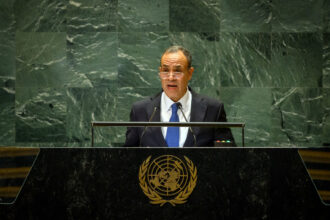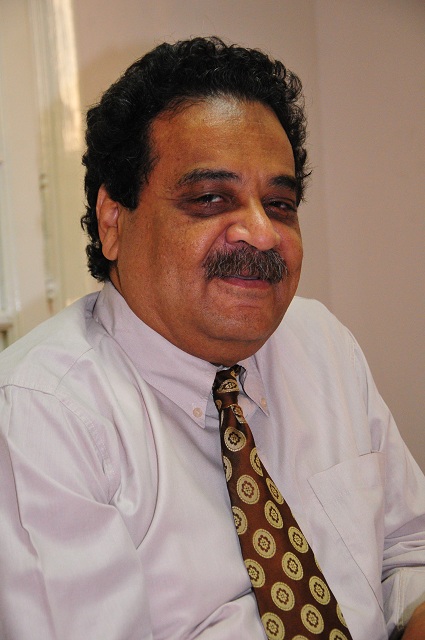The US and China will ratify the Paris Agreement. That’s good for climate protection, DW’s Sonya Diehn writes, but it’s just one step in a process that will need to move forward quickly in order to make a difference.
Historic, momentous – these words are certainly correct in describing the plans to ratify the 2015 Paris climate treaty announced by the United States and China.
Historic in light of how the US had famously refused to ratify the Kyoto Protocol under President George W Bush. Momentous because climate change is arguably humanity’s greatest challenge.
The climate around the topic has clearly changed over the past quarter century – figuratively as well as literally.
Last year was the hottest on record, and so far in 2016 every month has broken the monthly record – indicating a “new climate normal” that has exceeded even modeling predictions of increasing average global temperatures.
Meanwhile, upticks in extreme weather and related phenomena – heavy storms and flooding, drought, wildfires – are also a sign of the future.
With the impacts of climate change already felt quite directly, leaders around the world are beginning to finally take it seriously.
Key signal
This shift in attitude – combined with diplomacy and grinding negotiations – set the stage for success in establishing a new climate protection framework, which nearly 200 countries agreed to last year in Paris.
For all its flaws, the Paris Agreement holds the potential to put the brakes on the burning of fossil fuels, which produces the carbon dioxide emissions that are helping to heat up the planet.
And without ratification there is no Paris Agreement. The framework requires 55 countries that account for a combined 55 percent of global greenhouse gas emissions to ratify for it to come into effect.
Until today, only 23 nations – covering just over 1 percent of global emissions – had ratified.
Together, China and the US produce about 40 percent of emissions, so the announcement by these countries that they intend to ratify the treaty not only opens a concrete path to implementation: It also sends a crucial signal to the rest of the world that, yes, the biggest global players are committed to reducing emissions.
The European Union, India, Russia and other major emitters have also announced their intent to ratify the treaty. Presumably, the present ratification will encourage these countries to follow through on their intentions.
But ratifying the Paris Agreement ultimately represents just one step on a long path – a path that is beset by hurdles.
Open questions
Once the treaty has been ratified, the next step is to put it into action. This will happen as countries implement national policies toward set emissions-reduction goals, which under treaty framework are reviewed every five years.
But will the US really ratify the treaty? And can it be implemented? This is truly an open question in light of climate deniers not only in the Senate, which needs to approve treaties, but, with Donald Trump running as the Republican presidential candidate, potentially in the White House. The fate of Barack Obama’s Clean Power Plan, the regulatory tool that would help reduce emissions in the US, also hangs in the balance.
And, although China has pledged that its emissions will peak by 2030, the country has yet to commit to concrete reduction goals.
Other open questions include where the money is going to come from for the Green Climate Fund, which is intended to not only compensate countries for climate impacts, but also to help in low-carbon development.
Then there is the very real question of whether the world will be able to act effectively and quickly enough – before it’s too late.
The ‘tipping point’
Climate scientists typically speak of a “tipping point,” beyond which climatic systems become unstable.
Numerous feedback loops have already been set into motion that could spell the complete melting of Antarctica or thaw of Siberia’s permafrost.
And carbon dioxide emissions stay in the atmosphere for decades. Some believe that it is already too late to prevent global warming from reaching the lower limit of a 1.5-degree Celsius (2.7F) global average temperature increase called for in the Paris Agreement.
In this light, political will to tackle climate change not only needs to be sustained: It needs to be made stronger so that climate policy includes the ambition necessary to reduce emissions – and quickly so that the world is able to mostly decarbonize by midcentury at the latest.
If it doesn’t, I fear for the future.
Would you like to add your comments? You can do so below. The thread stays open for 24 hours after publication.




